Starstruck8
Brilliant_Rock
- Joined
- May 13, 2021
- Messages
- 868
An unusual star sapphire from central Queensland. Light brown translucent body with a gold star. In real life, the stone looks cleaner and the star looks clearer that in the pictures. I have no idea what causes the weird waviness.
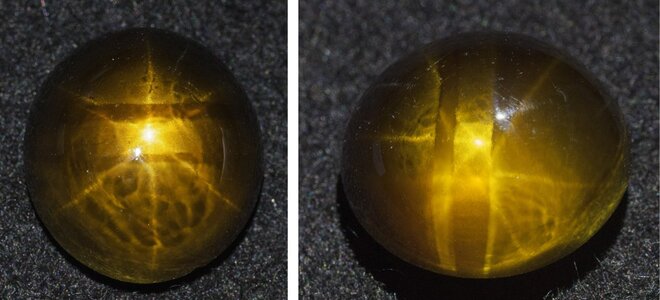
13.0x11.8mm
The doubling in the right pic is caused by a strip of darker material (?hematite). This picture shows the strip and a similar plate at the right. Both are flat; they look curved because of refraction by the dome,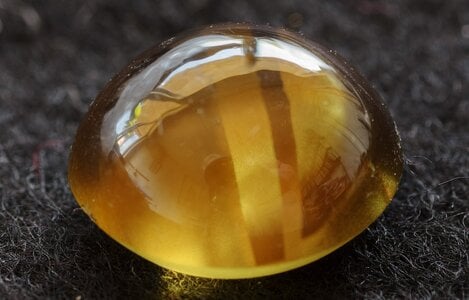

13.0x11.8mm
The doubling in the right pic is caused by a strip of darker material (?hematite). This picture shows the strip and a similar plate at the right. Both are flat; they look curved because of refraction by the dome,


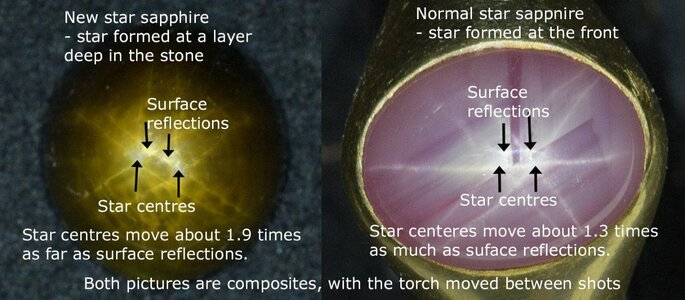
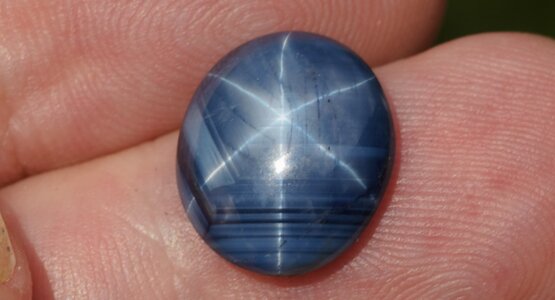
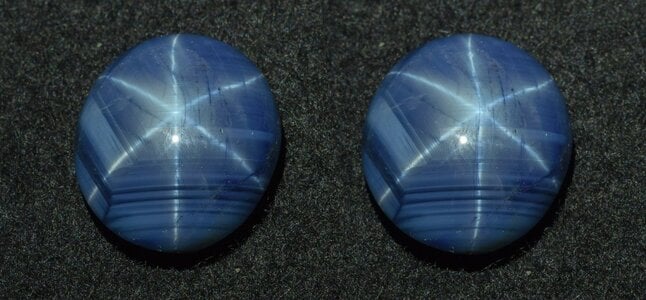
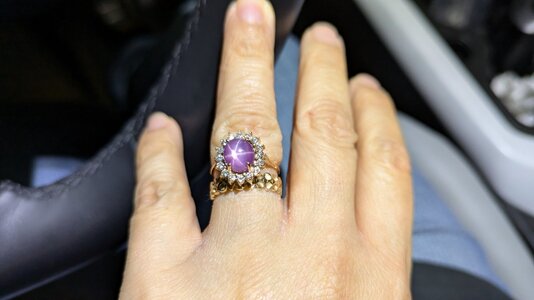
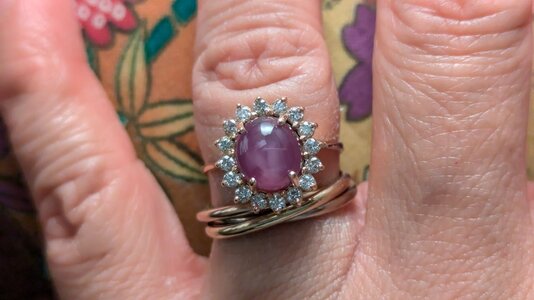
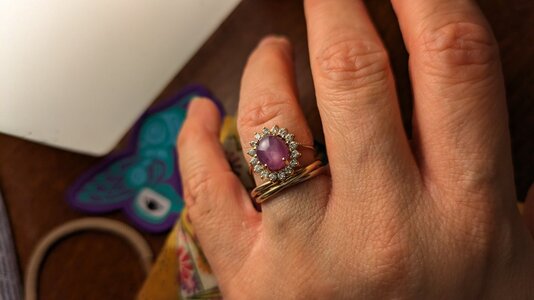
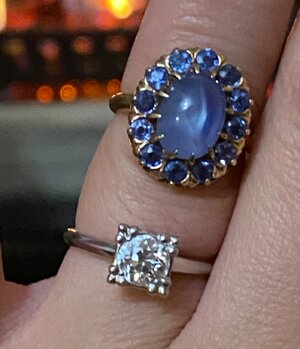
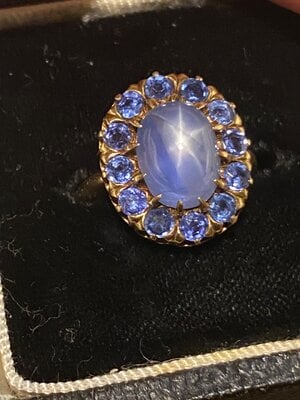
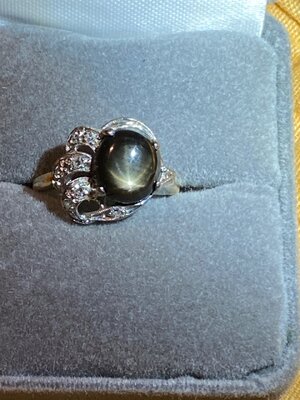
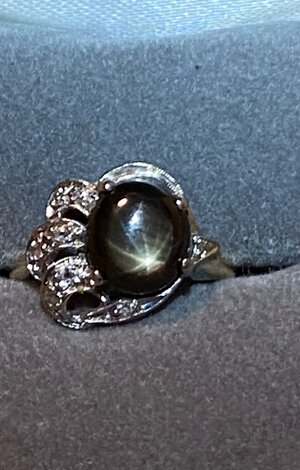
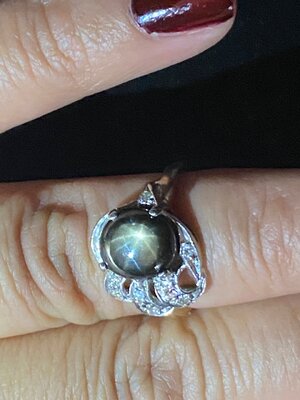
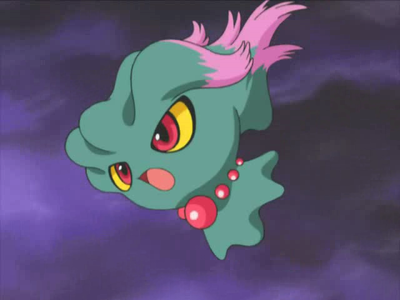
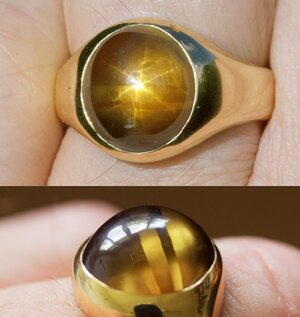

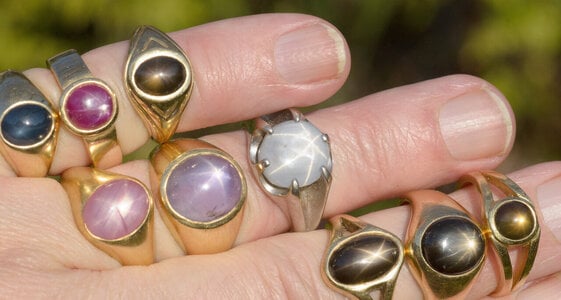

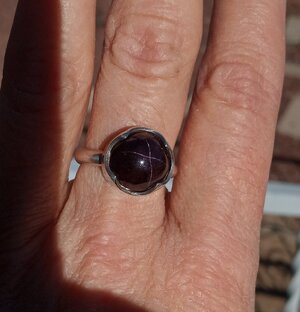

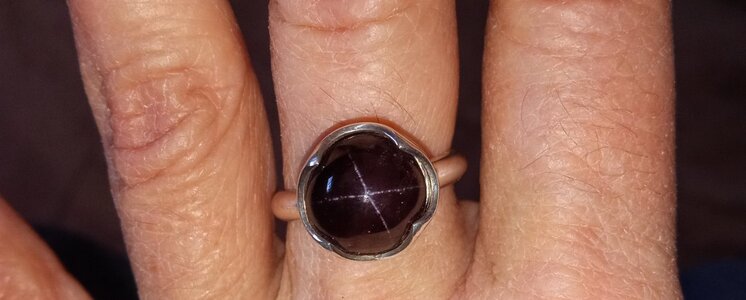


300x240.png)